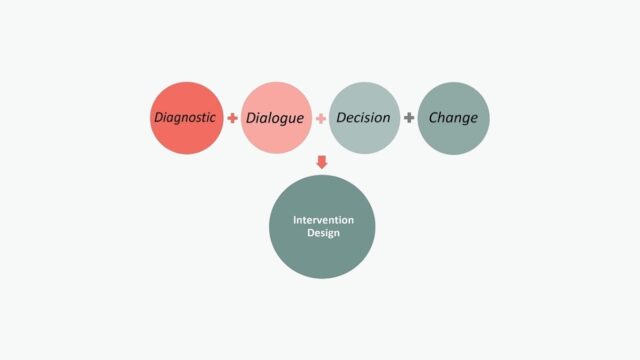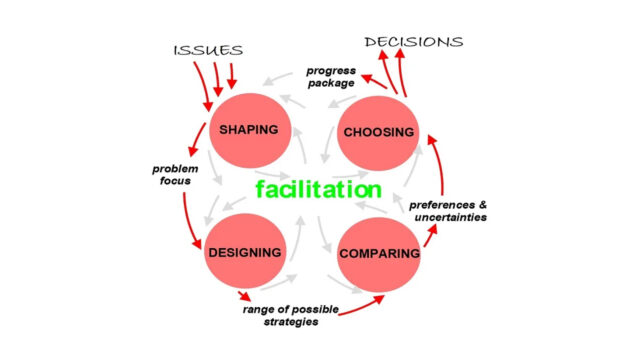
Planning and strategy development in the face of complexity series (part 12): Conclusions
This article is part 12 of a series of articles featuring the ODI Background Note A guide for planning and strategy development in the face of complexity.
This [series] … set out to help practitioners become aware about when they are facing complex situations, to point out which precautions to take, outline some principles to consider when undertaking the task of planning in the face of complexity, and to show that a variety of approaches could be applied in international development. It has highlighted only a few approaches, and in little depth, but interested readers can use it as a spur to explore new planning tools, drawing on the sources for further information given at the end of the paper. We also recommend that the successful application of such tools should be shared more widely and be publicised.
However, improved planning and strategy development in the face of complexity relies on more than awareness and knowledge of tools. There are at least three other barriers and enablers to more appropriate planning practices.
First, there needs to be a shift in the mindset of key decision-makers (e.g. donors, programme directors) to cope with uncertainty. Rather than attempting to project an image of certainty and control through detailed planning, they should openly acknowledge emergence, which is still too often considered a ‘taboo’ in international development. If not everything can be foreseen, the reluctance to invest in detailed up-front planning is not a failure or a lack of professionalism (‘not knowing what to do’) but a prudent – and efficient – attitude when faced with limited insights. Decision-makers should instead be more open to adaptive planning approaches that acknowledge limited foresight and that are responsive to contextual changes and adaptive to lessons learned from implementation. This does not necessarily mean a complete break with current practices – many of the approaches or techniques outlined above can be integrated easily into existing programming systems (including logframes).
Second, measures are needed to alter prevailing incentives and resource allocation. Less time and resources should be spent on upfront planning and more on processes to monitor and feed back learning from implementation. Deviations from plans should not be seen necessarily as negative as they can provide important information about the implementation reality of an intervention. Unforeseen effects, as well as contradictions or puzzles, can provide useful clues about relevant changes, new challenges or innovative ways to handle a situation, which can help to improve implementation. Forces pushing agency staff towards risk-aversion needs to be tackled, as ‘failure’ can also be an important trigger for learning. Therefore, integrating a limited and well-calculated amount of risk taking in a plan can, in the end, prove more effective.
Finally, agency systems and procedures need alteration, most notably those on financial planning and accountability. As a rule of thumb, a more flexible approach in planning should also be complemented by more flexibility in financial planning and budgeting. This is also in line with a core lesson from experience on performance-based management: those who are expected to manage for outcomes must be given the autonomy to do so, including flexibility on activities, resources and outcomes. Without this autonomy, they can only be expected to manage for activities or outputs. In terms of quality control, this means that decision-makers should clarify where they want to place more emphasis: on ‘quality at entry’, via detailed ‘logical’ planning, or on ‘quality at exit’ by providing tools and incentives that allow effective management for development results.
Written by Harry Jones, ODI Research Fellow and Richard Hummelbrunner, Senior Associate of OEAR Regionalberatung. The authors are grateful to Ricardo Wilson-Grau for his invaluable peer review, and to John Young and Bob Williams for their useful comments and suggestions.
Next part (and the final part in this series) (part 13): Useful resources.
See also these related series:
- Exploring the science of complexity
- Managing in the face of complexity
- Taking responsibility for complexity.
Article source: Hummelbrunner, R. and Jones, H. (2013). A guide for planning and strategy development in the face of complexity. London: ODI. (https://www.odi.org/publications/583-exploring-science-complexity-ideas-and-implications-development-and-humanitarian-efforts). Republished under CC BY-NC-ND 4.0 in accordance with the Terms and conditions of the ODI website.
Header image source: rawpixel on Pixabay, Public Domain.






